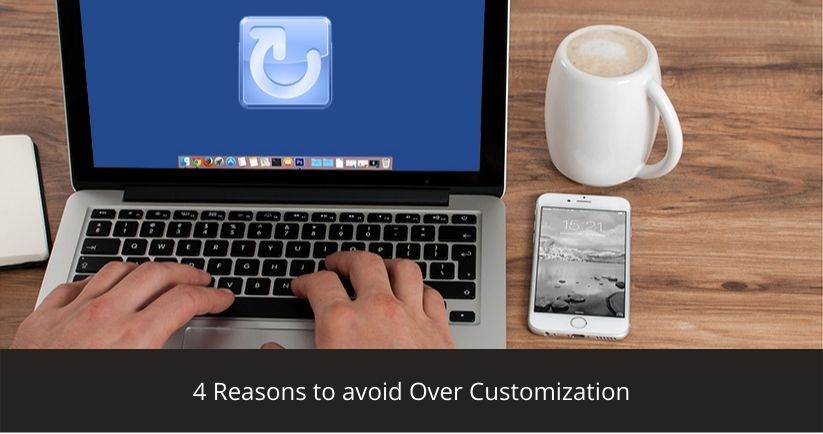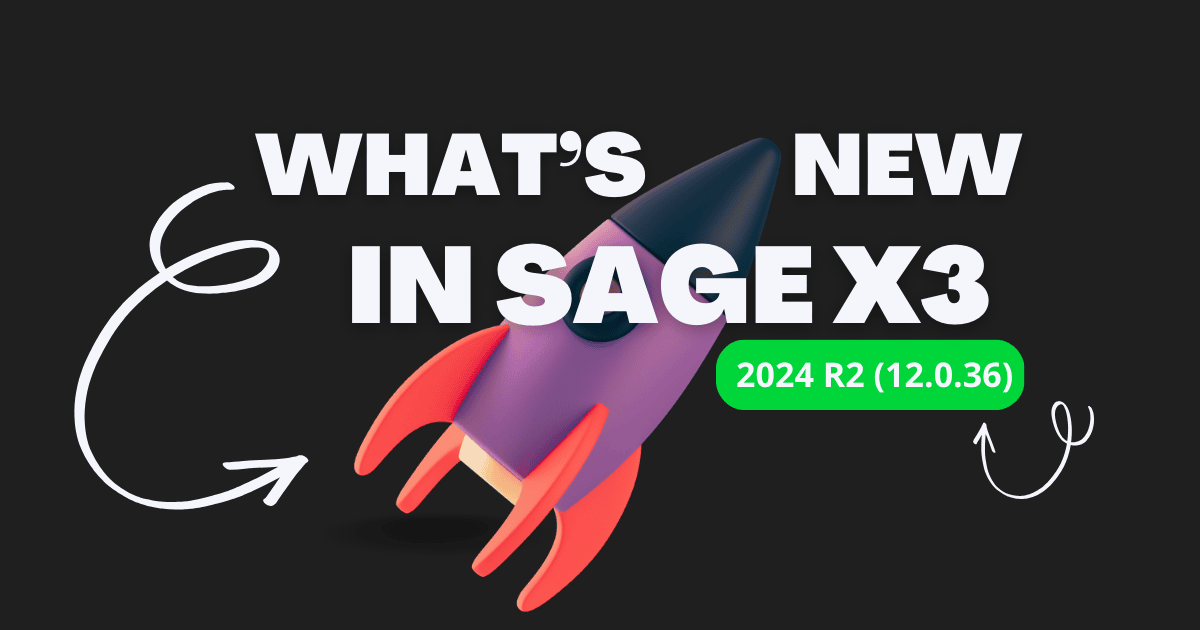Usually a good ERP software tends to take care of 70 – 80% of the process that is happening in the company but not all company are the same and that differentiating factor of 30 – 20% usually lacks in any ERP system. This is where customization for the ERP Software comes in place.
“Customization” is one of the most common issues for any company that needs to be taken care of before implementing a new Enterprise Resource Planning System. The company demands customization as per their current working scenario and business process since it is unique to their own company. Some amount of customization takes place in every ERP software but the management needs to control them and see to it that there is no over customization happening.
Over customization may increase the implementation cost of the whole ERP project, making it complex. This will have a snowball effect on the whole project in general increasing the Go Live date and difficulty for upgrading all the time because customization requires changes to Source Code and with each upgrades come endless time going behind debugging and making the module functional.
So below are the 4 Reasons to avoid over customization:-
- Back Sliding – Back sliding in software development is used as a circumlocution for any mistake. This means that when we do a small change in “Function A” suddenly “Function B” gets affected by this change, or when we introduce a new feature / function we must go through a back sliding testing to make sure that the new feature do not affect any other features. The more customization we do, the more back sliding testing we have to go through and these tests goes on for months and will result in the project being more delayed and expensive.
- Sustained Go Live: While implementing ERP Software ‘Go Live’, dates matter a lot because only after the project is live, can the company start expecting some ROI back. Customization results in the increase in the amount of time needed to Go Live as customization requires changes to “Source Code” which requires a higher level of technical expertise. These customization changes leads to a rise in initial budget & continuously pushing back the Go Live date can result in increase in the expense of the business and making the project unsuccessful.
- Complex Upgrades: While implementing, the team’s main motive is to perfectly fix their product according to the need & requirement of their client, over-customization will make the team’s work even more complex. Since business processes upgrade after every 2 – 3 years, these upgrades will also be very complex and time consuming. New upgradation may require re-developing all the customized functionality again, and again going back to the back sliding testing and making the customer pay for the same customization.
- Vendor Monopoly: To avoid a vendor monopoly one must opt for a standardized ERP system with minimal customization. Standard system enable enterprise to freely switch the vendor, if the enterprise is unhappy with current partner or the current vendor is unable to meet the current requirements. Switching partners when the over-customization is done means re-implementing the system & it might be too costly.





